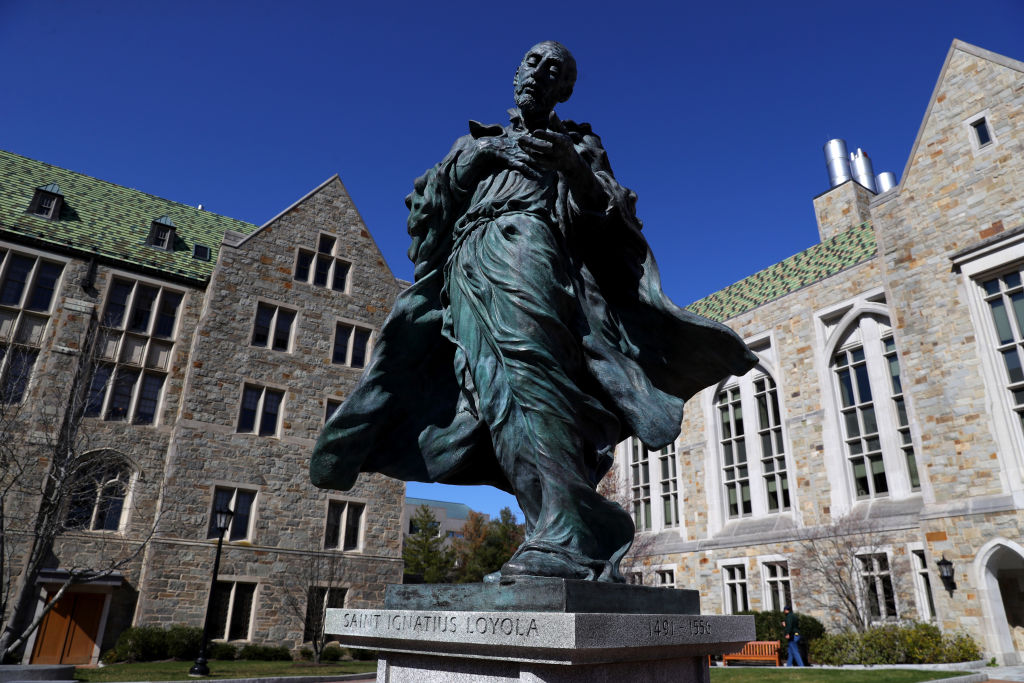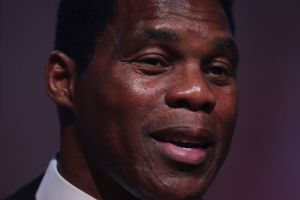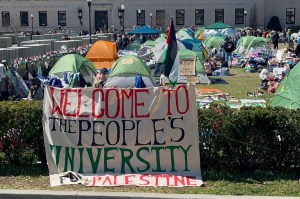Welcome, freshpersons and already indebted students, to the fall semester at COVID College. The college experience is an essential part of American life. For it is here that our young adults learn the American values of democratic socialism, gender exploration, racial guilt and defaulting on the first of, we hope, many unpayable debts.
As our adjunct instructors will fail to teach you, before the slaveholder’s charter had ‘Life, liberty and the pursuit of happiness’, there was white supremacist philosopher John Locke’s ‘Life, liberty and property’. Owning a property is so American that even the homeless of Los Angeles aspire to have their own tents. So it’s right that your college education is your first mortgage.
What will you and your heteronormative parents get for their hard-earned? Nothing, actually. Well, nothing you can touch, like pizza, Ritalin and your fellow students after receiving their consent. But we refuse to let COVID-19 stop us from doing our jobs. We’ve ‘furloughed’ our mostly black and Hispanic kitchen and janitorial staff and we’ve closed the library, but we’ve kept the Development Office open. The business of the university is just that: business. We raise money to build more dorms and jam in more customers, even when they’re attending lectures from their childhood bedroom, even when their parents are sending checks for stuff you can see for free on YouTube.
Only a fool pays the full price for a second-rate product. Only a fool believes real-world contact can be delivered secondhand by Zoom. Our colleges may teach the higher foolishness, but the cost of higher education — ahead of inflation every year since 1980, and devalued accordingly — is a lesson in popular credulity.
Before COVID-19, a college credential was a luxury that many could not afford. Popular faith in education which, like faith, is immune to reason, kept them spending borrowed money anyway. The issue, and the value of a degree, didn’t lie on campus with class size. It lay in the job market and class power. A bachelor’s degree became the bare minimum unless you wanted to drive an Uber for the rest of your life, and a master’s degree the requirement for professional specialization.
Successive administrations, by playing along to the idea that college is a human right, have encouraged the proliferation of low-quality private colleges and meaningless degree courses. These have in turn accelerated the decline in the long-term economic value of a degree, its ‘income premium’. And that, combined with the rising cost of staying in or joining the middle class, fed a government-approved, government-funded bubble of student debt that, funnily enough, has turned students and recent graduates into Uber drivers.
Today, 44 million young Americans carry $1.64 trillion of student debt. When they enter employment, their options and initiative are as hamstrung as a homeowner who has to keep up with a mortgage.
COVID-19 has kicked the bottom out of the education market. Colleges, whether elite or not, have failed to offer full value for nearly half of this academic year. They won’t say it, but they’re aware that they won’t be able to offer full value for at least half of the next academic year. Harvard, which can afford to wait, has told faculty that they won’t be back in a classroom before January at the earliest.
An article in New York magazine lays out the damage to major state-college systems. The University of Michigan expects to lose up to $1 billion this year across its three campuses. The California system lost $558 million in March alone. A professor at the City University of New York notes that the kind of students ‘who would otherwise be going away to school’ and paying top-dollar are switching to online enrollment in New York’s state colleges.
In April, a survey of prospective students for four-year private colleges found that 10 percent no longer planned to attend one. A quarter of current students either wouldn’t return or that it is ‘too soon to tell’ if they were going to. The number of students taking a gap year between school and college will quadruple this year from the usual 3 percent to 12 percent. The survey predicts an overall 20 percent decline in enrollment this fall.
The parallels to the housing bubble that crashed the economy in 2008 are obvious. We’re about to see similar results.


















